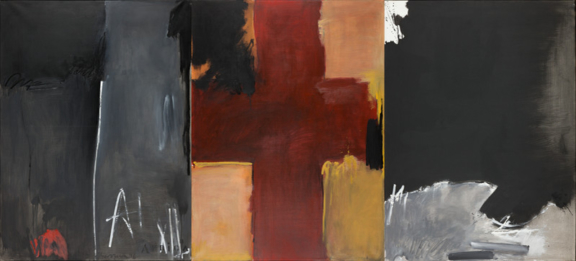
António Charrua
África
Lisbon, Portugal, 1925 – Évora, Portugal, 2008
Born in Lisbon, he attends secondary school in Évora, where he shows interest in physics, astronomy, geometry and everything involving machinery. He also develops a broad range of cultural interests. Between 1941 and 1943 he lives in Parede, where he meets Manuel Canijo at secondary school. In 1944 he enters the Faculty of Science and attends an introductory course in engineering which he never completes.
In 1945 he discovers the works of Vincent Van Gogh and Pablo Picasso, which fascinate him. Two years later, he marries Maria Alcina da Luz Andrade. In 1948 he returns to Évora, where he starts to paint and draw intensively. In 1950 he attends the Higher School of Fine Art in Lisbon, starting a course in architecture that he never completes.
In 1951 he meets Júlio Resende, whose work influences him. Lima de Freitas writes the first essay about his work and, in 1953, Charrua takes part for the first time in group exhibitions such as the Exposição Geral de Artes Plásticas [General Exhibition of Visual Arts] at Sociedade Nacional de Belas-Artes in Lisbon, and the Exposição da Jovem Pintura [Exhibition of Young Painters] at Galeria de Março, also in Lisbon. His first solo exhibition is held at Galeria António Carneiro in Porto in the same year. He sells his first painting to Manuel Canijo, a friend and informal mediator with some influence over a small community of Porto-based collectors. He also meets Vergílio Ferreira, who becomes a lifelong friend. In Évora, he befriends the painter Henrique Ruivo, a friend and fellow frequenter of daily artistic gatherings. Other artists and writers who enter Charrua’s circle of friends include Saúl Dias (Júlio), Lima de Freitas, João Cutileiro, and Apeles Espanca. Many meetings take place at Quinta da Soeiras, the home of Alberto Silva, his friend and doctor, for whom Charrua produces his first decorative mural.
In 1958, the Missão Internacional de Arte [International Art Mission] (also known as Missão Estética [Aesthetic Mission]) painting exhibition organised by the Grupo Pró-Évora, with the support of the Calouste Gulbenkian Foundation and contributions from various international artists, excites Charrua and mobilises other artists and intellectuals living in Évora. The Calouste Gulbenkian Foundation would henceforth support the artist in his climb up the career ladder by showcasing his work at its three Exposições de Artes Plásticas [Exhibitions of Visual Arts] in 1957, 1961 and 1986, including his pieces in its modern art collection, and awarding him scholarships and research grants in 1960, 1962 and 1978/79.
In the late 1950s, Charrua frequents the Portuguese printmaking cooperative ‘Gravura’ and regularly starts to exhibit work in this medium. Against this background he meets Fernando Conduto, with whom he would form a friendship marked by professional understanding that is later extended to Maria Velez. The first scholarship awarded to him by the Calouste Gulbenkian Foundation allows him to travel through Spain, France, Italy, Switzerland, Belgium and the Netherlands. In 1960, Charrua is thirty-five years old, Álvaro Lapa is twenty-one, Joaquim Bravo is twenty-five and António Palolo is fourteen. Despite the generation gap, they meet frequently in Évora throughout this decade. The three artists’ work will, in some way, incorporate references or visual memories of both Charrua’s painting and American painting of the 1950s and 60s, to which they all have access through art journals and occasional visits to exhibitions held abroad. After this period, Lapa moves to Porto in 1972/1973, Bravo settles in Lagos in 1966 and Palolo exhibits his work for the first time in Lisbon, where he moves in 1964. Henrique Ruivo moves to Rome in 1962.
Throughout the 1960s and ‘70s, Charrua collaborates on the production of book covers for Editorial Presença, Portugália Editora and Sociedade de Expansão Cultural, sometimes working under the pseudonym A. Dias. He stages several solo exhibitions at Galeria Diário de Notícias in Lisbon (1963), Galeria Interior (tapestries), and Galeria 111 in Lisbon in 1965 (the year in which he is selected to represent Portugal at the Tokyo Biennale). He also exhibits in several American museums and galleries. Group and solo exhibitions come one after the other at Galeria de Arte Moderna, Sociedade Nacional de Belas-Artes, Lisbon, Galeria Quadrante, Galeria Interior, Galeria Quadrum, Galeria Zen, Porto, and Galeria Palmira Suso (from the 1990s onwards). International exhibitions of his work are staged in Brussels, Paris, Madrid, Barcelona, Salamanca, Rome, Brasília, Sao Paulo, and Bern.
In 1970, in Algarve, he becomes acquainted with the Roland Katz family, who put him in touch with the gallery owner Gilbert Huguenin, the organiser of the first large solo exhibition of his works at the Numaga II gallery in Neuchâtel.
Throughout this decade he continues to create stained-glass windows, tapestries and tiles for buildings, forging working relationships and friendships with António Sena and Pedro Chorão, painters who belong to a different generation. Between 1975 and 1987 he often travels to Switzerland, where he lives for certain periods and meets the painter André Evrard.
His solo exhibition at Galeria Palmira Suso marks his return to the national art scene. In 1990 a book on his work, edited by António Bacalhau and supported by the BPI, is published. In 2001, the Museu de Évora dedicates a retrospective exhibition to the artist. The exhibition is curated by Joaquim Caetano and accompanied by the publication of a reference catalogue.
Between 2002 (the year in which his wife, Maria Alcina, dies) and 2008, Charrua paints little. He lives between Évora, Torres Vedras and Santiago do Cacém. Despite continuing to produce paintings, tiles and stained-glass windows, he would not exhibit his work again.
Ana Ruivo and Leonor Nazaré
2015

África

S/ Título
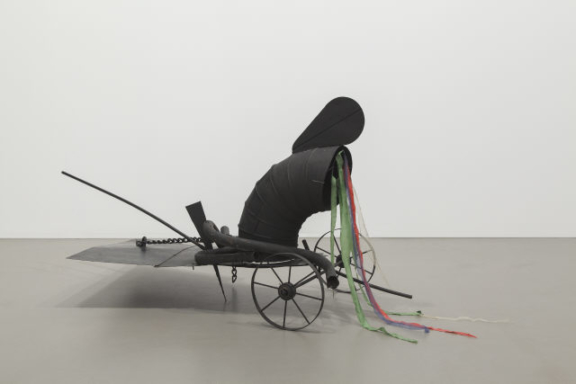
O Dragão
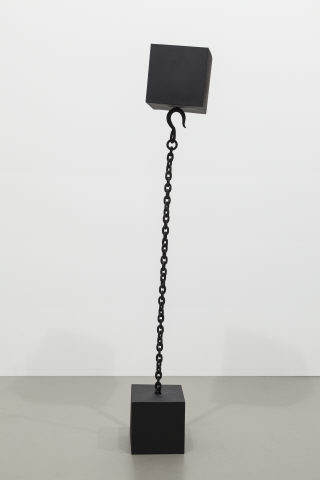
Apoio Versus Suspenso

sem título
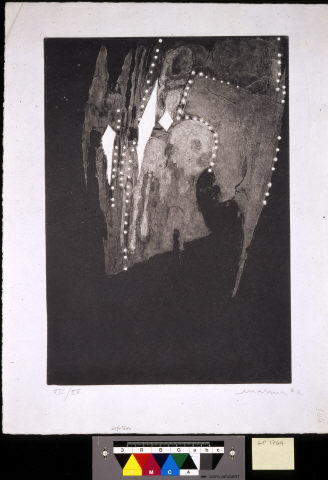
sem título (Armadura I)
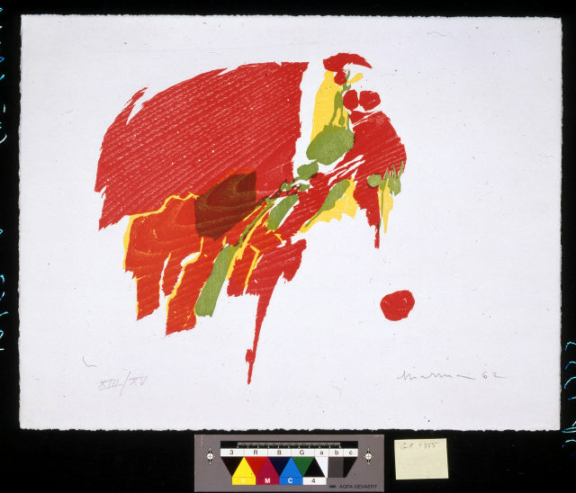
sem título (O Galo)

Canto do Galo

sem título
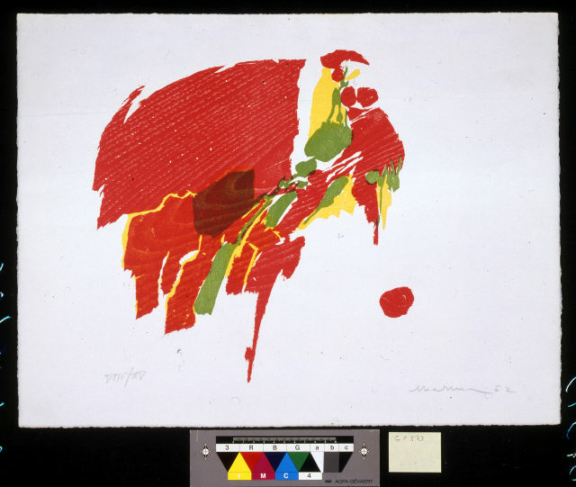
Untitled
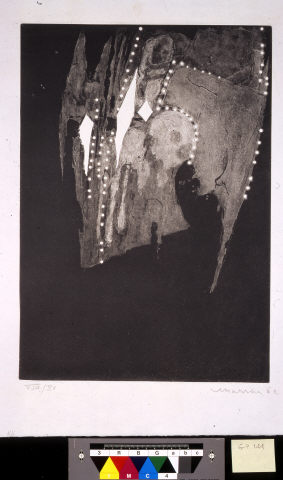
Armadura I
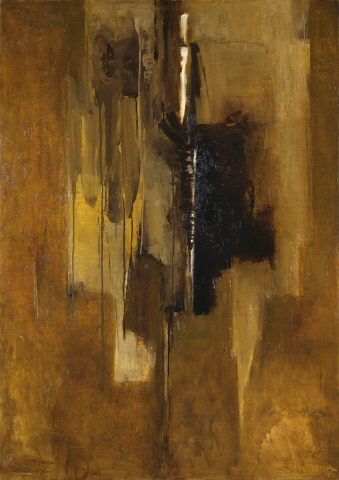
Terra Trabalhada

Tauromaquia
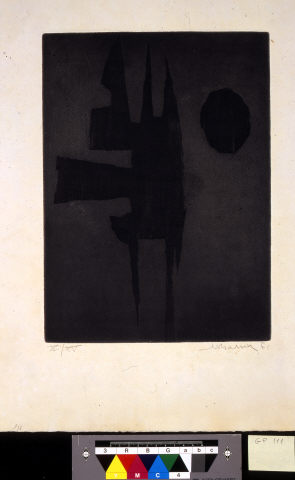
Canto do Galo
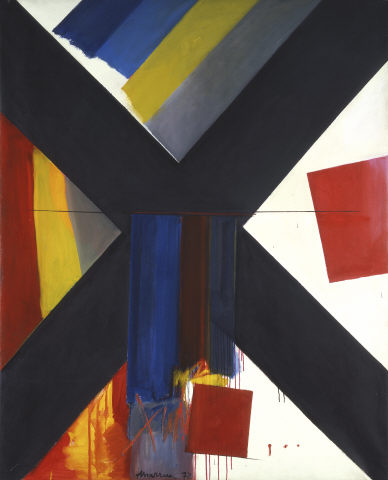
S/Título
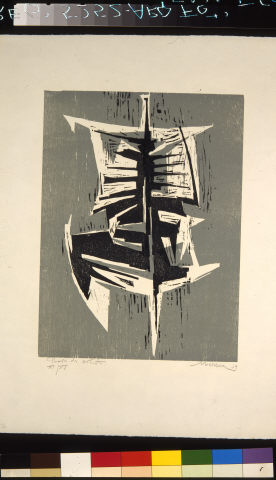
O Espantalho
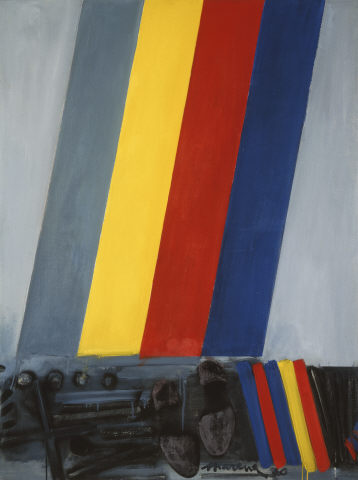
Bandeiras

Barcos